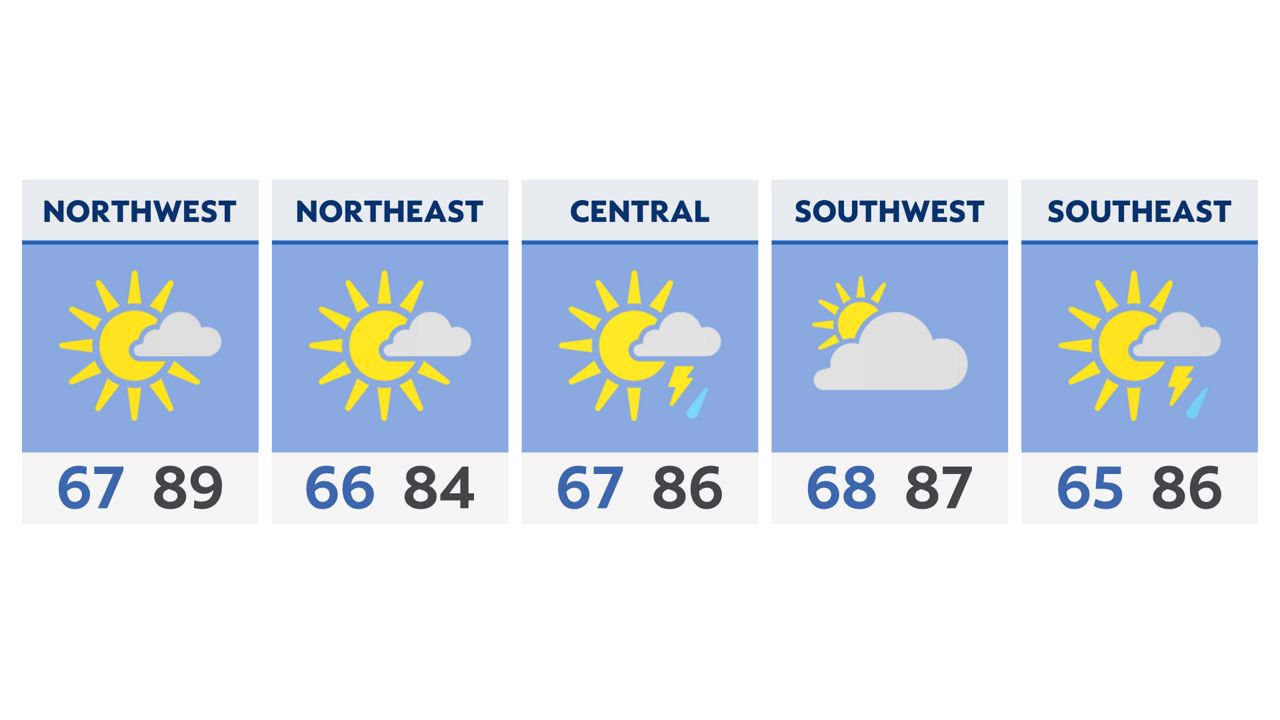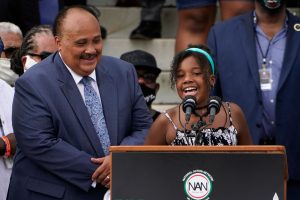OHIO — The Association of Ohio Health Commissioners (AOHC) estimates less than 3% of Ohioans qualify for the third dose of the COVID-19 vaccine after the U.S. Food and Drug Administration gave the booster emergency use authorization for immunocompromised individuals last week.
While Ohio and the U.S. government continue to plan for the booster to be more widely available this fall, health organizations including Walgreens have begun administering it for immunocompromised individuals who received the Moderna or Pfizer-BioNTech vaccine. Those individuals can get the third jab 28 days after their second shot.
Health officials don’t currently recommend the booster for those who received the Johnson & Johnson vaccine but said it’s likely another dose will be needed. Officials need to evaluate more data before recommending another dose for J&J recipients.
But as for those who received their second doses eight months or more ago and don’t fall under the immunocompromised category, the Biden administration said Wednesday the third dose is expected to be available the week of Sept. 20.
“Having reviewed the most current data, it is now our clinical judgment that the time to lay out a plan for COVID-19 boosters is now,” said Surgeon General Vivek Murthy in a briefing. “Recent data makes it clear that protection against mild and moderate disease has decreased over time. This is likely due to both the waning immunity and the strength of the widespread delta variant.”
The boosters are expected to be given to Americans 18 and older.
The AOHC said the following conditions under CDC guidance will qualify individuals for the booster now:
- Active treatment with high-dose corticosteroids (20 milligrams or more of prednisone daily or an equivalent) including alkylating agents, antimetabolites, cancer chemotherapeutic agents classified as severely immunosuppressive, transplant-related immunosuppressive drugs, tumor-necrosis (TNF) blockers or other biologic agents that are immunosuppressive or immunomodulatory
- Advanced or untreated HIV infection
- Moderate or severe immunodeficiency such as DiGeorge or Wiskott-Aldrich syndrome
- Received a CAR-T-cell or hematopoietic stem cell transplant and are within two years of transplant or taking immunosuppression therapy
- Received a solid-organ transplant and are presently taking immunosuppressive therapy
- Undergoing cancer treatment – solid tumors and hematologic malignancies
“Anyone requesting an additional dose of vaccine will be advised of the qualifying conditions and will self-attest to their own eligibility,” the AOHC wrote in the press release. “Those seeking an additional dose should contact their primary care provider to discuss their situation and potentially schedule an appointment.”
Ohio Department of Health Director Dr. Bruce Vanderhoff said Wednesday the booster shots will be available to residents of long-term care facilities and health care workers, as well as seniors when they’re distributed in September.
The boosters come as the delta variant continues to spread, causing a sharp uptick in cases and hospitalizations. The 21-day case average for Ohio is 2,033, according to state data. Between Tuesday and Wednesday, the state reported 3,303 new cases. The last time Ohio recorded more than 3,000 cases within 24 hours was in February.




